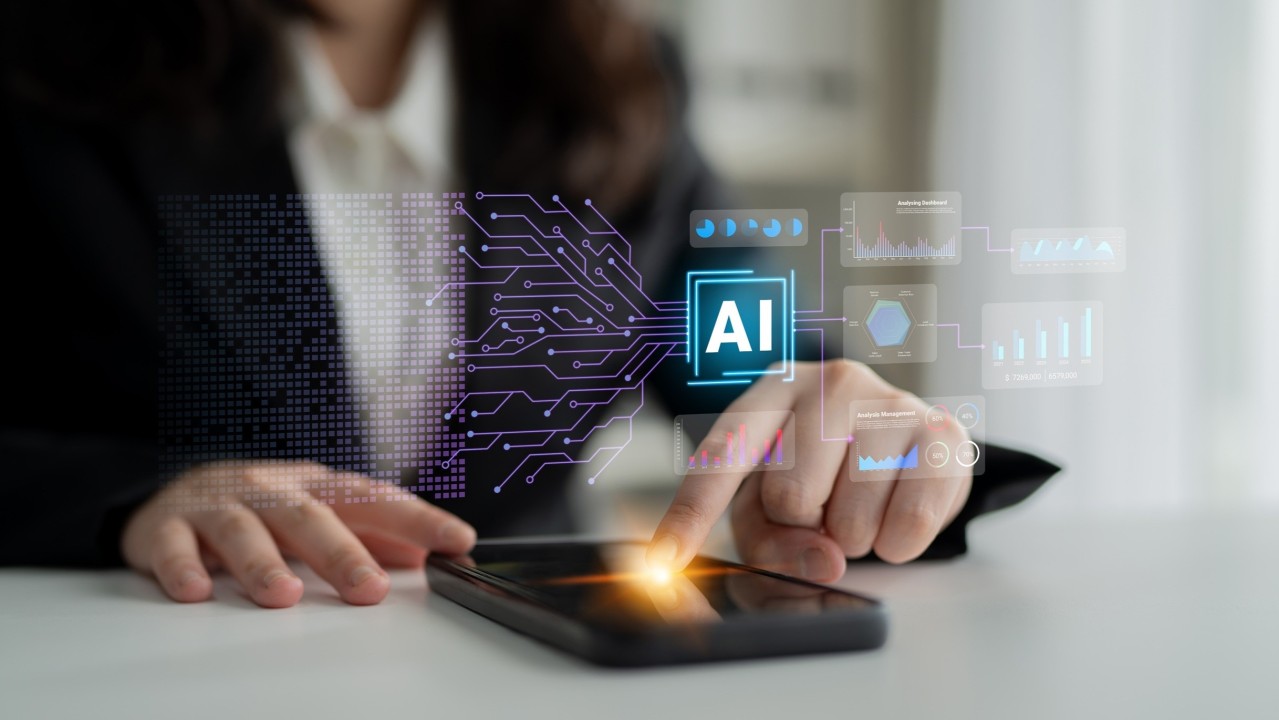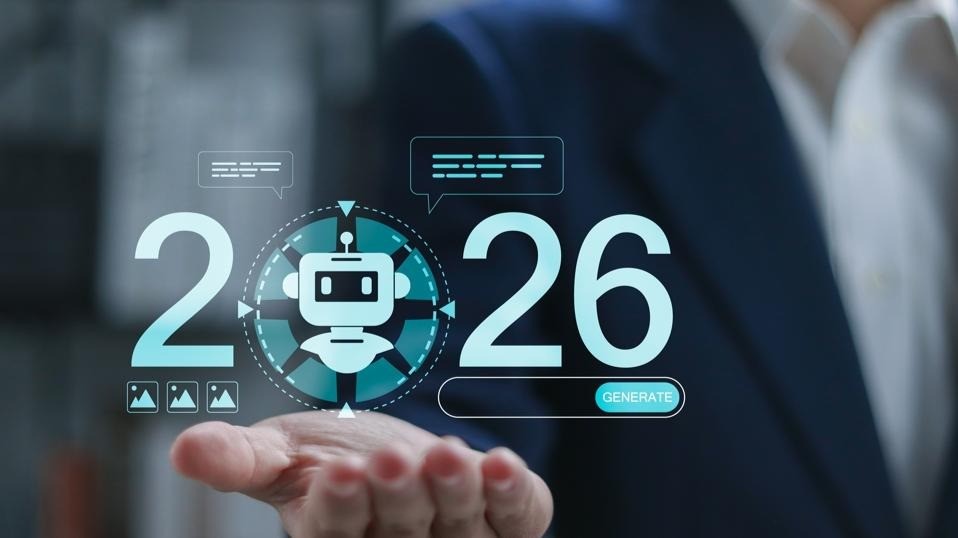What Is The Artificial Intelligence Of Things? When AI Meets IoT
2 July 2021
Individually, the Internet of Things (IoT) and Artificial Intelligence (AI) are powerful technologies. When you combine AI and IoT, you get AIoT—the artificial intelligence of things. You can think of internet of things devices as the digital nervous system while artificial intelligence is the brain of a system.

To fully understand AIoT, you must start with the internet of things. When “things” such as wearable devices, refrigerators, digital assistants, sensors and other equipment are connected to the internet, can be recognised by other devices and collect and process data, you have the internet of things. Artificial intelligence is when a system can complete a set of tasks or learn from data in a way that seems intelligent. Therefore, when artificial intelligence is added to the internet of things it means that those devices can analyse data and make decisions and act on that data without involvement by humans.
These are “smart” devices, and they help drive efficiency and effectiveness. The intelligence of AIoT enables data analytics that is then used to optimise a system and generate higher performance and business insights and create data that helps to make better decisions and that the system can learn from.
Practical Examples of AIoT
The combo of internet of things and smart systems makes AIoT a powerful and important tool for many applications. Here are a few:
Smart Retail
In a smart retail environment, a camera system equipped with computer vision capabilities can use facial recognition to identify customers when they walk through the door. The system gathers intel about customers, including their gender, product preferences, traffic flow and more, analyses the data to accurately predict consumer behaviour and then uses that information to make decisions about store operations from marketing to product placement and other decisions. For example, if the system detects that the majority of customers walking into the store are Millennials, it can push out product advertisements or in-store specials that appeal to that demographic, therefore driving up sales. Smart cameras could identify shoppers and allow them to skip the checkout like what happens in the Amazon Go store.
Drone Traffic Monitoring
In a smart city, there are several practical uses of AIoT, including traffic monitoring by drones. If traffic can be monitored in real-time and adjustments to the traffic flow can be made, congestion can be reduced. When drones are deployed to monitor a large area, they can transmit traffic data, and then AI can analyse the data and make decisions about how to best alleviate traffic congestion with adjustments to speed limits and timing of traffic lights without human involvement.
The ET City Brain, a product of Alibaba Cloud, optimises the use of urban resources by using AIoT. This system can detect accidents, illegal parking, and can change traffic lights to help ambulances get to patients who need assistance faster.
Office Buildings
Another area where artificial intelligence and the internet of things intersect is in smart office buildings. Some companies choose to instal a network of smart environmental sensors in their office building. These sensors can detect what personnel are present and adjust temperatures and lighting accordingly to improve energy efficiency. In another use case, a smart building can control building access through facial recognition technology. The combination of connected cameras and artificial intelligence that can compare images taken in real-time against a database to determine who should be granted access to a building is AIoT at work. In a similar way, employees wouldn’t need to clock in, or attendance for mandatory meetings wouldn’t have to be completed, since the AIoT system takes care of it.
Fleet Management and Autonomous Vehicles
AIoT is used to in fleet management today to help monitor a fleet’s vehicles, reduce fuel costs, track vehicle maintenance, and to identify unsafe driver behaviour. Through IoT devices such as GPS and other sensors and an artificial intelligence system, companies are able to manage their fleet better thanks to AIoT.
Another way AIoT is used today is with autonomous vehicles such as Tesla’s autopilot systems that use radars, sonars, GPS, and cameras to gather data about driving conditions and then an AI system to make decisions about the data the internet of things devices are gathering.
Autonomous Delivery Robots
Similar to how AIoT is used with autonomous vehicles, autonomous delivery robots are another example of AIoT in action. Robots have sensors that gather information about the environment the robot is traversing and then make moment-to-moment decisions about how to respond through its onboard AI platform.
Related Articles
The Two-Tier AI Economy: Why Half Of Companies Are Being Left Behind And How To Close The Gap
By now, “smart” versions exist of just about every home appliance, gadget and gizmos we can think of. However, manufacturers continue[...]
5 ESG Trends That Will Shape Business in 2026
By now, “smart” versions exist of just about every home appliance, gadget and gizmos we can think of. However, manufacturers continue[...]
The 5 Robotics Trends In 2026 You Must Get Ready For Now
By now, “smart” versions exist of just about every home appliance, gadget and gizmos we can think of. However, manufacturers continue[...]
10 Generative AI Trends In 2026 That Will Transform Work And Life
By now, “smart” versions exist of just about every home appliance, gadget and gizmos we can think of. However, manufacturers continue[...]
Dreamforce 2025 Proved The Agentic Enterprise Has Arrived
By now, “smart” versions exist of just about every home appliance, gadget and gizmos we can think of. However, manufacturers continue[...]
The 8 Biggest AI Agent Trends for 2026 That Everyone Must Be Ready For
By now, “smart” versions exist of just about every home appliance, gadget and gizmos we can think of. However, manufacturers continue[...]
Sign up to Stay in Touch!
Bernard Marr is a world-renowned futurist, influencer and thought leader in the fields of business and technology, with a passion for using technology for the good of humanity.
He is a best-selling author of over 20 books, writes a regular column for Forbes and advises and coaches many of the world’s best-known organisations.
He has a combined following of 4 million people across his social media channels and newsletters and was ranked by LinkedIn as one of the top 5 business influencers in the world.
Bernard’s latest book is ‘Generative AI in Practice’.










Social Media